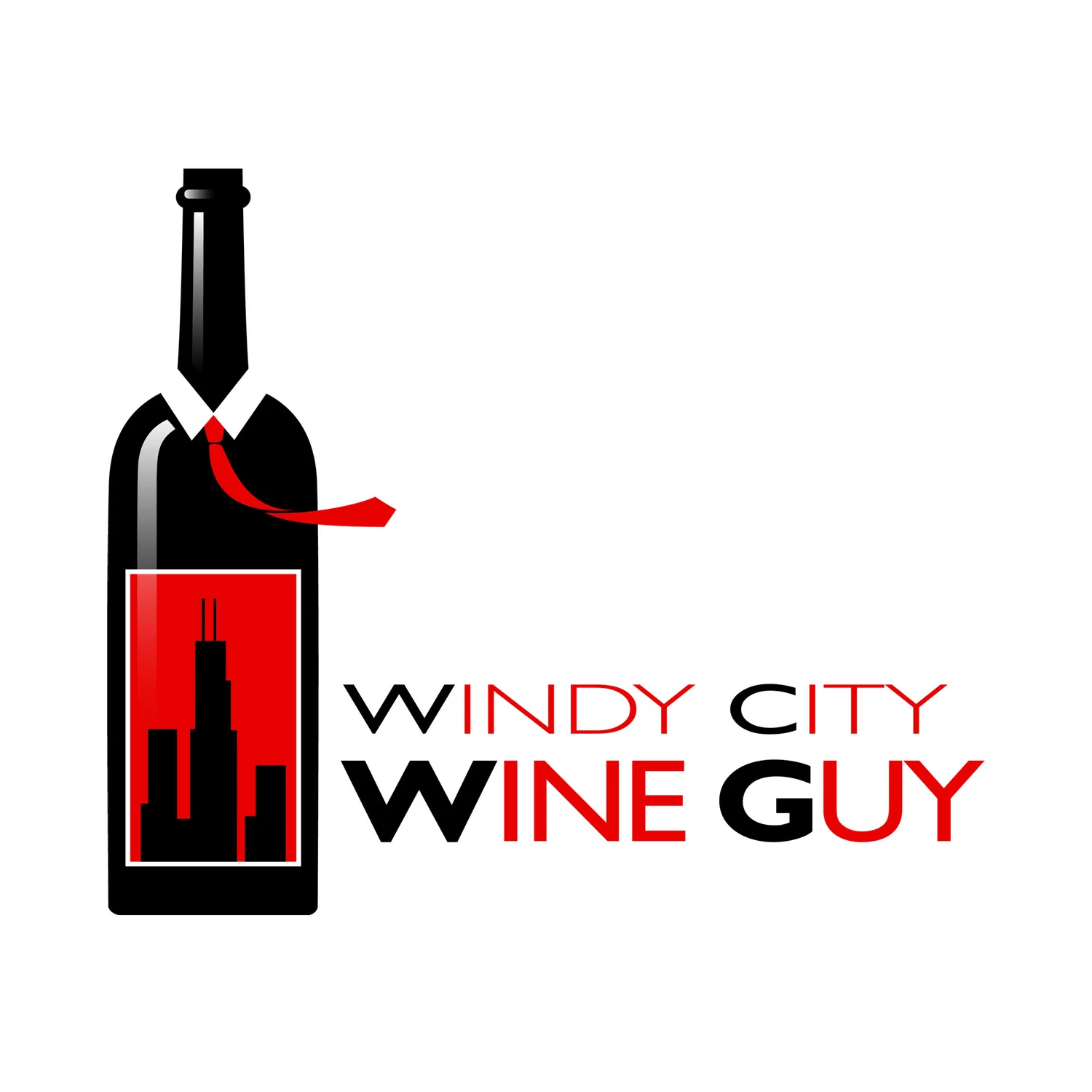WhiskeyFest Chicago 2009
/ Whiskey. A liquor made from a distillation of fermented grain mash aged in oak casks, and also one of my favorite quotes from Raiders of the Lost Ark. There are many types of whiskey, and I was about to run through them all at the 8th Annual Chicago WhiskeyFest held at the Hyatt Regency Chicago.
Whiskey. A liquor made from a distillation of fermented grain mash aged in oak casks, and also one of my favorite quotes from Raiders of the Lost Ark. There are many types of whiskey, and I was about to run through them all at the 8th Annual Chicago WhiskeyFest held at the Hyatt Regency Chicago.Located in the Grand Ballroom, there was over 200 whiskies from around the globe, along with some beer and a few other spirits. There was also a small spread which included build-your-own-mashed potatoes, poached salmon (perfect with whiskies), stir fry, carving station, and desserts. After a small snack, it was time to try some of the product.
I started with Bulleit Bourbon. Bourbon is an American mostly corn whiskey with a style that started in Bourbon County, Kentucky. Bulleit was first created in the 1830s by Augustus Bulleit, but ended production after his death. It was reintroduced by his great-great-grandson in 1987 and has become a huge success. It is made of a high rye content (30%) for a bourbon, and has a bold but smooth flavor- vanilla oak spice, coconut, and honey.
Scotch, a whiskey made in Scotland, was the biggest hit at the event. There are three types of Scotch:
- Blended. A Scotch whiskey distilled at more than one distillery and made from a combination of malted barley and other cereals.
- Blended Malt. A Scotch whiskey distilled at more than one distillery made from malted barley.
- Single Malt. A Scotch whiskey distilled at one distillery made from malted barley.
There are also five different regions (some consider the Islands as a sixth), each with their own distinct aromas and flavor profiles:
- Speyside. Elegant and complex, with refined smokiness. Located on a portion of the northeast coast, with the largest concentration of Single Malts.
- Lowlands. Soft flavors of malted barley, located south of Perth.
- Highlands. Round and firm character with a slight peatiness. The largest region, located north of the Lowlands.
- Islay. Seaweed, iodine, phenolic character- very much like the sea. Located on the northwest islands.
- Campbeltown. Very distinct and briny. Located on a peninsula just west of the Lowlands/Highlands border.
- Islands. Jura, Orkney, and Skye Islands, each with their own distinct character.
I am more of a Speyside guy, so my favorite was The Macallan, a Scotch with a rich tradition. Traditionally aged in
 one year old Sherry casks, giving caramel and nuttiness. They also released a Cask Strength (a whiskey bottled straight from the cask, with no additional spring water added), which is smooth and extremely flavorful, aged between 10-12 years. I also really like The Glenrothes, which is unique in the fact that it is bottled by vintage, not age. Made not far from The Macallan, they have an old tradition of additionally using Bourbon casks to age the Scotch.
one year old Sherry casks, giving caramel and nuttiness. They also released a Cask Strength (a whiskey bottled straight from the cask, with no additional spring water added), which is smooth and extremely flavorful, aged between 10-12 years. I also really like The Glenrothes, which is unique in the fact that it is bottled by vintage, not age. Made not far from The Macallan, they have an old tradition of additionally using Bourbon casks to age the Scotch. After all the whiskey, I needed to tone down, and visited the Goose Island stand. Many small batch production beers were onhand such as the Matilda Belgian Style Pale Ale, the Pere Jacques Vintage Belgian Style Abbey Ale, and the Sofie and Juliet Champagne drinkers ales. Keeping with the whiskey tradition, there was also a Bourbon County Stout, aged in Bourbon casks. It is very rich and chocolatey, an excellent winter beverage.
After all the whiskey, I needed to tone down, and visited the Goose Island stand. Many small batch production beers were onhand such as the Matilda Belgian Style Pale Ale, the Pere Jacques Vintage Belgian Style Abbey Ale, and the Sofie and Juliet Champagne drinkers ales. Keeping with the whiskey tradition, there was also a Bourbon County Stout, aged in Bourbon casks. It is very rich and chocolatey, an excellent winter beverage.A special thanks to Malt Advocate for the VIP tickets and to my wife for accompanying me and finding out how these products could appeal to women.

